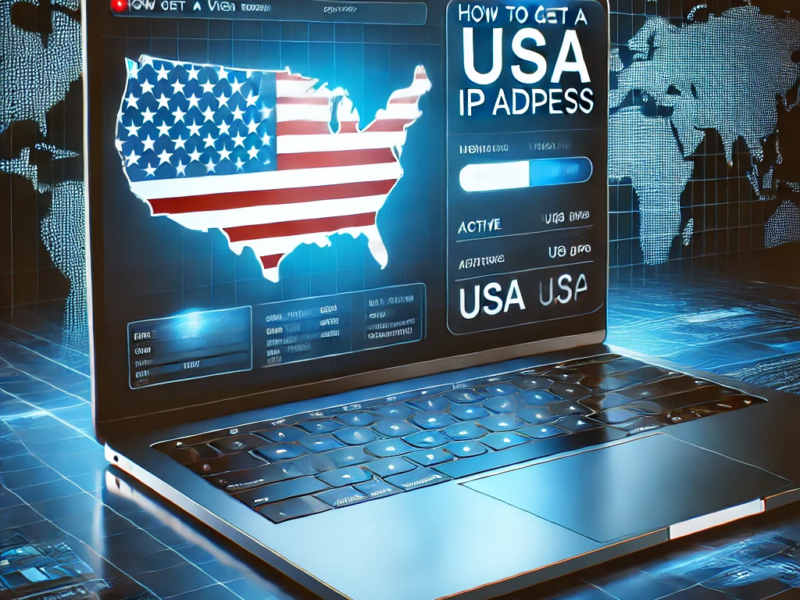In today’s digitally interconnected universe, a data spill is a security nightmare that unravels multitudes of consequences. It compromises the integrity, confidentiality, and availability of highly sensitive information. Whether it’s malicious attacks, system breaches, or accidental leakage, the potential risks linked with data spills are immense, posing significant threats to small businesses and individuals.
This article delves into the intricate landscape of data spills. It unravels their implications and offers valuable insights on fortifying your defenses.
| ☑Quick Answer |
| A data spill is a security nightmare. However, to prevent a data spill, make use of robust security measures such as two-factor authentication and strong alpha-numeric passwords. Update your security patches and software regularly and encrypt all sensitive data. Utilize antivirus software and firewalls. |
Understanding a Data Spill

A data spill is a security violation where confidential or sensitive information is intentionally or accidentally disclosed, exposed, or readily accessed by unauthorized entities or individuals. It occurs when data meant to be restricted or protected is deliberately compromised or inadvertently released.
This data breach often occurs through various means, i.e., via system vulnerabilities, human error, cyberattacks, or insider threats. Irrespective of the cause, a data spill poses considerable risks to individuals, organizations, and even national security. It should be prevented at all costs.
Notable Examples of High-Profile Data Spills
Several high-profile data spills have garnered widely-circulated attention globally in recent years. A prime example is the 2013 data spill that involved the United States National Security Agency (NSA). Edward Snowden, a former contractor, leaked highly classified documents detailing very extensive surveillance programs.
Another significant data spill event occurred soon after in 2017. Equifax, one of the largest credit reporting agencies in the United States, suffered a data breach that exposed the personal data of about 147 million individuals.
Additionally, the 2018 Cambridge Analytica scandal showcased how personal data from millions of Facebook users was readily obtained and exploited for political purposes. [
These excellent examples show and prove that a data spill is a security violation or infraction. According to a recent study by the Ponemon Institute and IBM, data breaches have an average cost of approximately $4 million worldwide.
Causes of Data Spills

Several factors contribute massively to data breaches or data spills. But three major causes of data spills are insider threats, cyberattacks, human error, and negligence.
1. Insider Threats
Insider threats are a leading cause of data spills. Individuals or employees with authorized access to sensitive data may unintentionally or intentionally disclose or misuse that information. This can occur due to personal motivations such as revenge, financial gain, or even utmost ignorance of data security policies.
Insider threats often involve privileged users with elevated access rights, making it easier for them to compromise data security measures.
2. Cyberattacks
Cyberattacks and hacking are other prominent causes of data spills. Cybercriminals employ numerous sophisticated techniques, including phishing, malware, and even brute-force attacks, to gain unauthorized access to systems to steal valuable data. These attacks often exploit vulnerabilities in software, weak passwords, or inadequate security measures.
Cyberattacks can target both individuals and organizations, aiming to acquire personal information, financial data, or intellectual property.
3. Human Negligence and Error
Human error and negligence also play significant roles in data spills. Employees can make mistakes such as sending sensitive data to the wrong recipient, falling victim to nefarious social engineering tactics, or mishandling data storage devices. All these can result in data breaches.
Negligence, which includes forgetting to update security software regularly or failing to implement approved security protocols, increases the risk of data spills.
Additionally, employees may also unintentionally expose highly sensitive information. This often occurs via weak passwords, using unsecured Wi-Fi networks, or the improper disposal of crucial physical documents.
Top 6 Strategies to Safeguard Your Information

To safeguard your information, seeing that a data spill is a security violation or security infraction, it is crucial to implement extensive strategies. Here are the top 6 vital strategies you should consider:
1. Implement Robust Access Controls
You should enforce strict access controls at the workplace to limit unauthorized access to sensitive data. This includes using strong alpha-numeric passwords, multi-factor or two-factor authentication, and role-based access controls.
Never forget to review and update all access privileges daily or weekly to ensure that only authorized personnel can access critical data. A data spill is a security infraction or violation, so revoke the access of any individual no longer actively employed by your organization.
2. Regularly Update Your Security Patches and Software
Keep your security patch, software, firewalls, antivirus, and intrusion detection systems up to date. Regularly updating software and operating systems to the latest versions can address vulnerabilities and protect against emerging or potential threats.
3. Conduct Employee Awareness Programs and Training
Constantly Educate all your employees about the essentiality of information security, including the potential risks they might encounter. Train all personnel on best security practices, such as avoiding suspicious sites, recognizing and avoiding phishing emails, and securely handling sensitive data.
Reinforce these training programs regularly to keep security awareness high.
4. Encrypt All Sensitive Data
Implement high-tech encryption techniques to protect sensitive data at rest and in transit. Encrypting data ensures that even if it is somehow accessed or intercepted by unauthorized persons, it remains unusable and unreadable without the decryption key.
5. Implement Data Loss Prevention Measures
Deploy data loss prevention (DLP) measures to monitor and prevent the exfiltration or unauthorized transmission of sensitive data. This can include implementing data classification, content filtering, etc. Data leakage monitoring tools may also need to be deployed to detect and block all unauthorized data transfers.
6. Perform Regular Data Backups
Backup all your critical data regularly to minimize the impact of potential data breaches, system failures, or other disasters. Implement robust backup strategies that include encrypted and offsite backups.
Carry out periodic testing to check the integrity of your backup systems and map out a clear data recovery plan. A data spill is a security violation: do everything you can to prevent such an incident in your workplace or organization.
Frequently Asked Questions (FAQs)
1. Is a data spillage a security violation?
A data spill is a security violation or infraction with dire consequences for organizations or even small businesses.
2. What safeguards can be taken to protect data?
Data protection safeguards have 3 crucial categories: administrative, technical, and physical. These are intended to ensure the integrity, confidentiality, and availability of data records and files with zero access by unauthorized personnel.
3. How can you safeguard against data breaches?
You can safeguard against data breaches by implementing a combination of security measures, such as:
- Internal vulnerability detection that addresses every internal attack vector
- Security awareness training that also focuses on internal attack vectors
- Vendor risk management that deals with third-party attack vendors, etc.
Conclusion
A data spill is a security infraction or violation. Therefore, safeguarding crucial data in this age of data spills is paramount to ensure maximum security and prevent potential nightmares.
Implementing the highlighted robust security measures enables individuals and companies to significantly minimize the risk of data breaches and their destructive consequences.
In addition, it is essential to foster a culture of cybersecurity awareness and promote proactive approaches to careful monitoring and detection of potential threats. This goes a long way in helping organizations and individuals stay one step ahead of malicious criminals.
Remember that the value of your sensitive data is worth more than you think. Therefore, investing in its protection is an excellent investment in your peace of mind and collective security.


